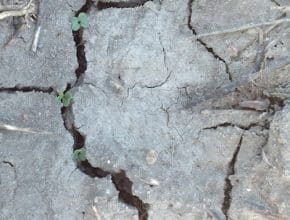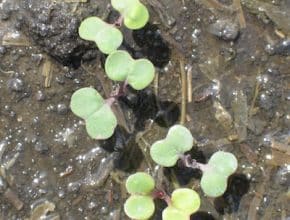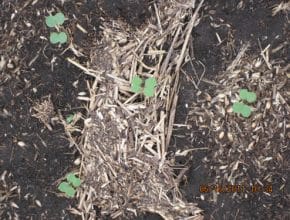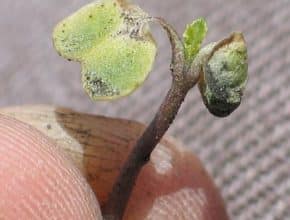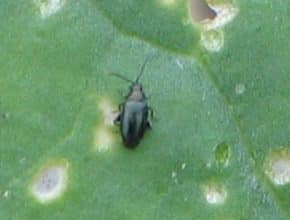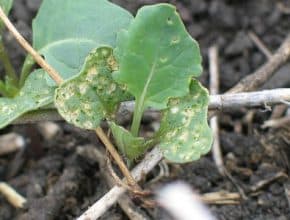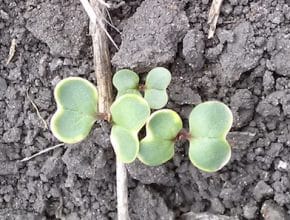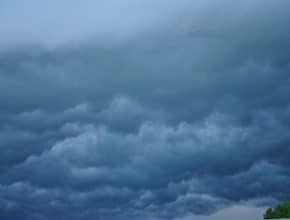There are no reliable solutions to crusting other than to wait for rain. Some growers have reseeded the worst sections of fields. A light harrowing might help if nothing has come through. Do a couple passes then assess whether canola seedlings are being ripped out of the ground. Harrowing too close to emergence can be harmful to a shallow seeded…
Canola Watch Posts
-
-
Heavy rains in the past week left some Prairie canola fields under water. Canola is quite susceptible to water logging and shows a yield reduction after only 2-3 days with wet feet. Wet soils cause an oxygen deficiency, which reduces root respiration and growth. Root failure reduces nutrient uptake, and plants will eventually die unless drowned areas dry out quickly…
-
-
-
Seeding is progressing well, with many regions complete or near complete. Rain delays in parts of eastern Saskatchewan and western Manitoba have held up seeding progress. Crop insurance deadlines are close for Alberta, although some regions have requested an extension. Contact your local office for the latest. Saskatchewan Crop Insurance Corporation deadlines vary by R.M. Call the SCIC toll free…
-
-
Fertilizer dribble options for the sprayer: 1. Streambars or dribble bars are long bars — 12” to 15” or so each — with 4 holes along the length. They attach to each sprayer nozzle point, with the bar designed to reduce the distance between streams. Advantage: Streams drop straight down so spray patterns are unaffected by boom height. Disadvantages: They…
-
You may have observed canola with a yellow halo around the outside edge of cotyledons. If this happens when growing conditions are optimal and there hasn’t been frost, seed treatment is the likely cause. When the plant is growing very fast, translocation of seed treatment into the plant is also very fast. This can result in an occasional yellowing of…
-
Applications made when cool cloudy days follow cool nights will result in lower herbicide efficacy than applications made in warm sunny days. Cloudy days don’t provide the photosynthetic activity required for many herbicides, including Group 10 glufosinate. And nights near freezing followed by days with highs that barely reach 10 C will not provide high metabolic activity required for best…

